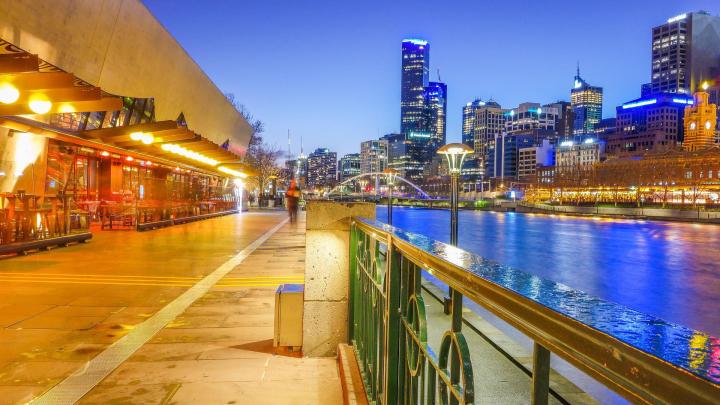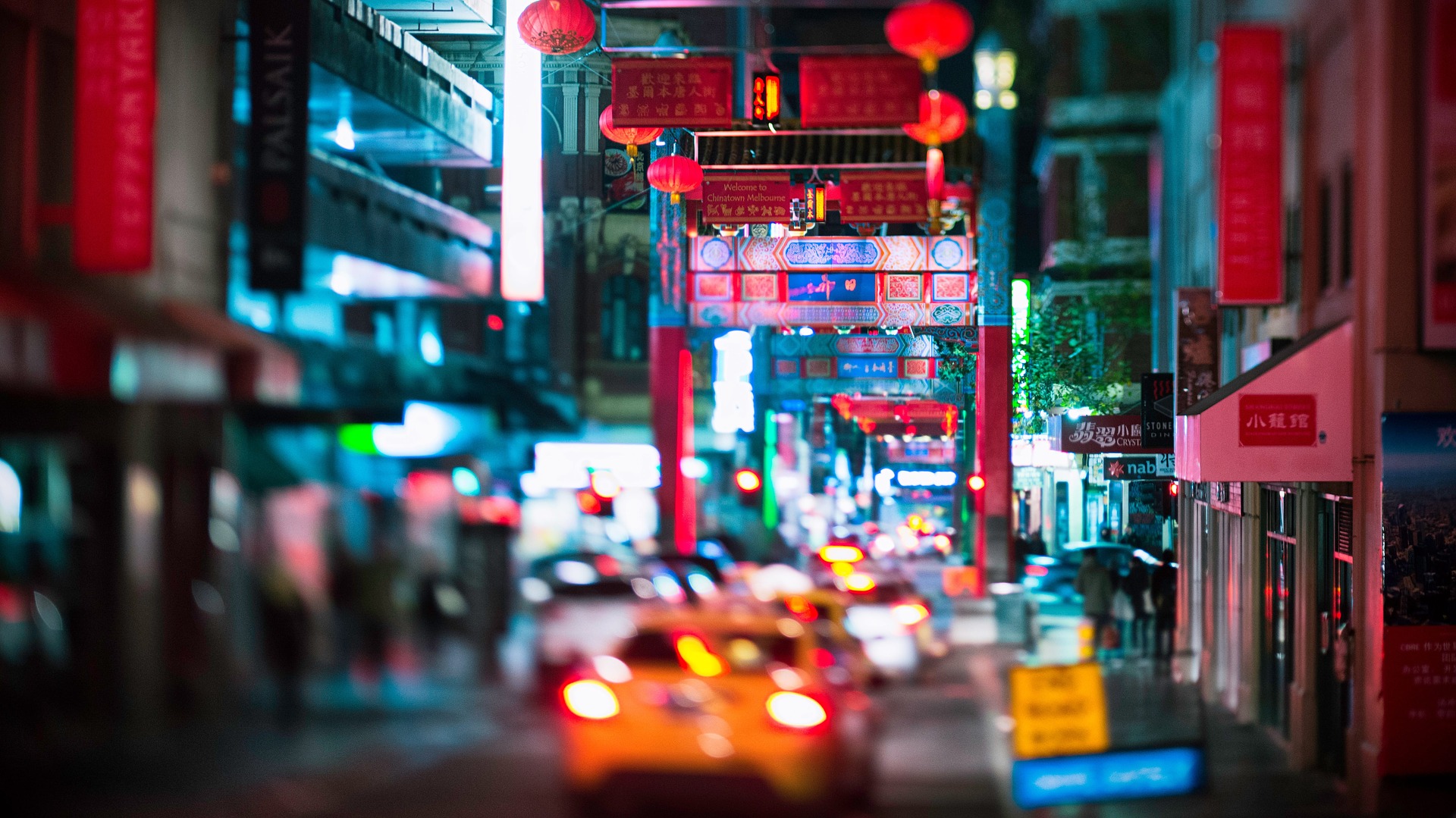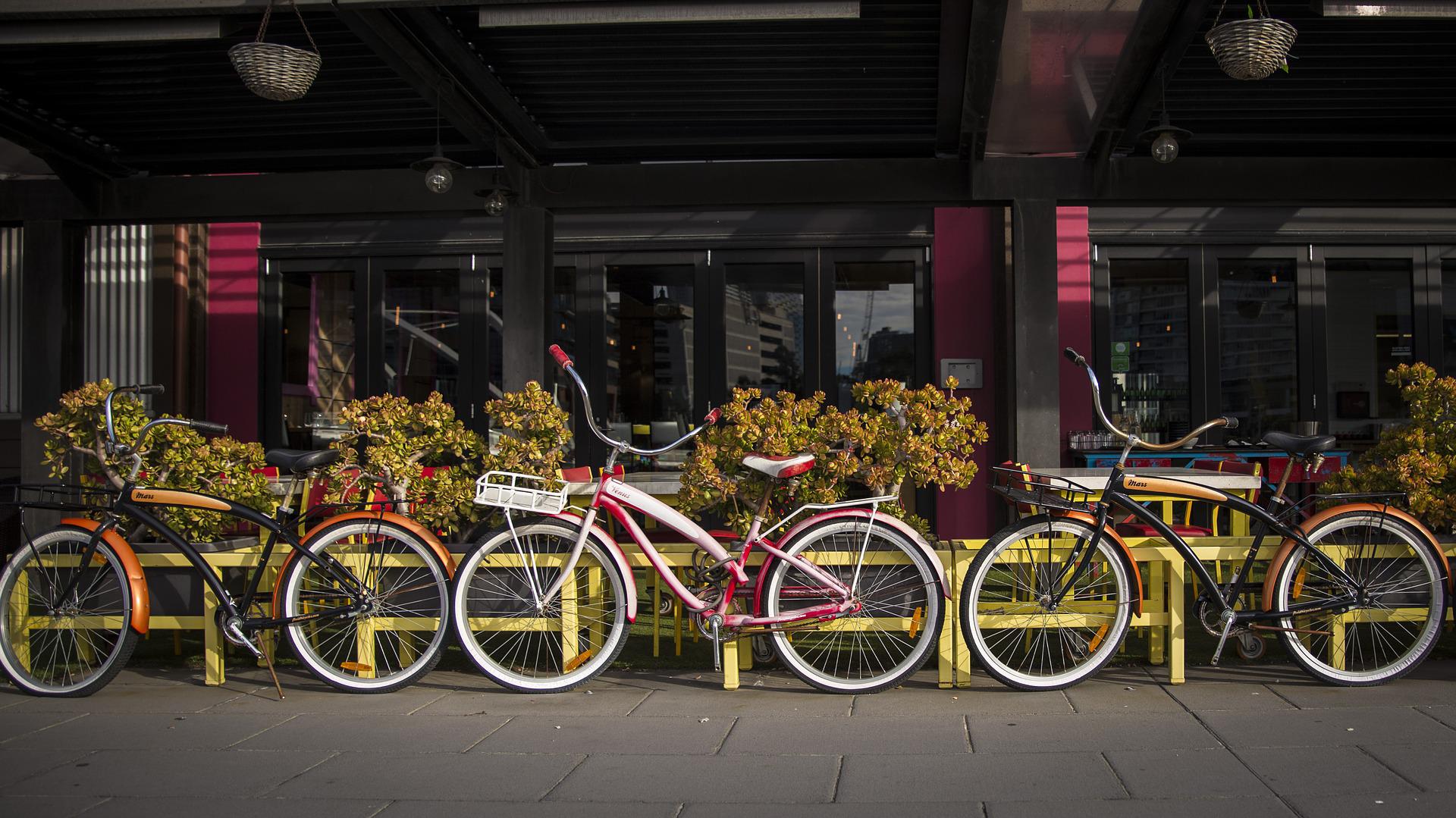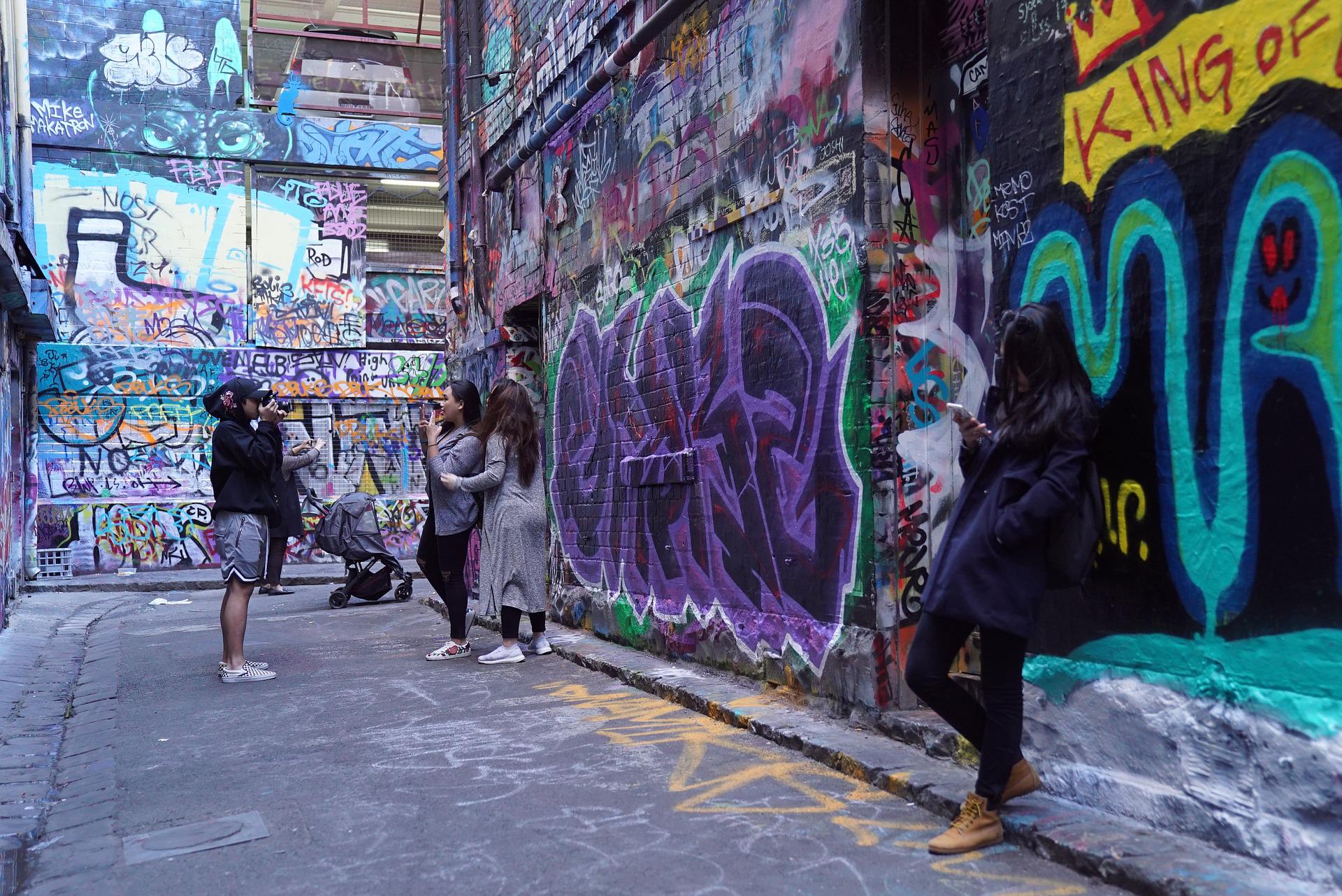WALTZING MELBOURNE
The rise and (slight) fall of a liveable city

Let me tell you a story about my hometown, and along the way ponder the idea of what makes a city ‘liveable’?
Liveability is an odd preoccupation to have, but once you dive into the subject it becomes quite diverting, and this is certainly true for people who live here in Melbourne.
We might never have had cause to seriously consider our “liveability” status were it not for the pat on the head delivered in 2011 by The Economist Intelligence Unit’s Global Liveability Index, which bestowed on our fair town the title of “world’s most liveable city”. Then they did it again, and again, and again – for seven straight years, no less. And quite a title it is – to be declared, above every other city on the planet, the most liveable and hospitable to its inhabitants.
In no small measure is this due to Melbourne’s growing global reputation as a food destination. One of the considerations for the annual list is not just where you can go, but how safe you are while you’re going there and how you might travel. So a city where you can not just find a great meal at an art gallery, but travel there on efficient public transport without getting maimed or murdered, scores more highly than a city where walking out the door is a risky business.
Life on the edge is not what this study is about. Eat, drink, be merry (and safe) might be the motto for a liveable city to live by.
I raise this now because in more recent times the news has been less impressive, even if only a little. In 2018, those bloody Austrians – the country we like to think of as Australia with one less syllable – took the top spot, with Vienna gaining the crown. Melbourne was pushed to second place, and that held true in 2019. Then came the pandemic, and our ranking fell off the cliff. As one of the world’s most “locked down” cities, the Intelligence Unit sent us plummeting to eighth position on the ladder, tied with Geneva.
Then last week came the 2022 rankings, in which Melbourne had fallen further back – still in the top 10, but only just, taking the very last position on that ladder. Things were even worse for the other Australian capital cities that had previously enjoyed significant support. Sydney, the poor dears, were back at number 13, while Brisbane, Adelaide and Perth saw heavy drops down the liveability scale.
But it was Melbourne, so accustomed to basking in the glory of top spot, that had the most to ponder.
City leaders put the best gloss on things that they could manage in the post-pandemic world. “It’s hard to get a table at a restaurant, it’s hard to get a room in a hotel,” declared the Victorian premier Dan Andrews. “The city’s back. We are thriving and Victorians can be very proud of what they’ve achieved.”
Fair enough, and to many minds – mainly minds located outside of Melbourne – you’d wonder why we even care. After all, liveability is a rubbery kind of rubric. I mean, who wouldn’t want to live in New York, for example? Most of us would jump at the chance, but using the yardsticks of the EIU survey, the Big Apple and other big US cities are way back in the race. And the cities that dominate? Australia used to be the leader here, but now Europe and Canada take most of the prizes: behind Vienna come Copenhagen, Zurich, Calgary, Vancouver, Geneva, Frankfurt, Toronto, Amsterdam and Osaka (tying with Melbourne in 10th spot.)
This is because the EIU uses some yardsticks that define liveability not by any subjective measure of how cool and groovy and lively a city might be, but by more concrete lifestyle measures: culture and environment is one category, and so are stability, healthcare, education and infrastructure. This is where a country like the US falls down, and cities in Europe, Canada and Australia surge ahead. The new EIU survey reminded me of an exploration I did back in 2014 of exactly how Melbourne had shot to the top of global city rankings, and I am pleased and grateful to report to you that the praise goes mainly to a product of the University of Cape Town.

As a dining destination, Melbourne has become famous for its Chinatown district. (Photo: Pixabay)
Meet Rob Adams, the Zimbabwe-born, South African-educated city planner and architect who is credited, along with the Danish urban design guru Jan Gehl, with turning a troubled city in decline into a world-leading metropolis that other city leaders now study to find out how things should be done. As Gehl told me back then, a liveable city is not a static place. It’s a permanent social gathering, of shifting moods and energy, guests flowing in and out, the buzz changing but never dying. “A good city,” Gehl said, “is like a good party. People stay for much longer than is really necessary because they are enjoying themselves.”
Modern Melbourne is a far cry from the “very sleepy” city Jan Gehl first encountered in the 1970s, or the recession-ravaged place of the early 1990s.
And it was all part of a master plan that began back in 1985 and came to fruition over decades.
It encompassed everything, from the colour of the pavement to the design of the park benches. Literally every aspect of life – where you walked, how you walked, where you sat, what you looked at, where you lingered, where you moved on, where you sheltered, and of course where you ate and where you drank – are considered in painstaking detail.

Without major landmarks like Sydney, Melbourne has focused its revival on becoming a capital of food, art and culture. (Photo: Pixabay)
One of the genius moves was in the saving of a feature of Melbourne that many thought should be scrapped: as a city designed on a square grid, the central business district was blessed and cursed with countless little laneways, which once had their purpose but were becoming derelict and serving no obvious purpose. The masterstroke of the reimagining of the city came in turning those laneways into destinations in their own right, and this is where Melbourne’s stature as a great food city comes in.

Careful urban design focusing on the big and small details of city life have been a hallmark of the city’s rejuvenation. (Photo: Pixabay)
The laneways would become the beating heart of the now renowned culture of food and dining, a place of nooks and crannies and holes in the wall, or soaring restaurant spaces and tiny hidden gems that as a whole turned the city into a treasure trove of experiences for the senses – including taste and smell, and sight, because the laneways are the hub of Melbourne’s booming urban art scene. The laneways now form their own part of the city’s tourism strategy – and provide an insight into how a city can be hailed for its “liveability” via small and less obvious means than giant landmarks.

Melbourne’s laneways were preserved and have become tourist destinations in their own right. (Photo: Pixabay)
As Rob Adams recalled, when he started in the mid-80s Melbourne’s centre “was deserted. The biggest change was realising that cities didn’t have to be like that”.
And that was how, 47 years ago, he delivered a strategy that predicted nearly all of what has happened since.
Jan Gehl, for decades in demand for his city design genius, calls it “the Melbourne miracle”.
“If you don’t know what to do (to transform a city) move to Melbourne.”
“Miracle city” has a nice ring to it, much nicer than the pedestrian “liveable”, an adjective dire in its dullness.
But whatever you want to call it, it’s been a job well done.
Now to get that No. 1 spot back. DM/TGIFood
Neil McMahon is a Melbourne-based writer and author who in an earlier incarnation covered events in South Africa as a correspondent and columnist in Cape Town.
Follow Neil on Instagram @neildmcmahon




 Become an Insider
Become an Insider
Comments - Please login in order to comment.